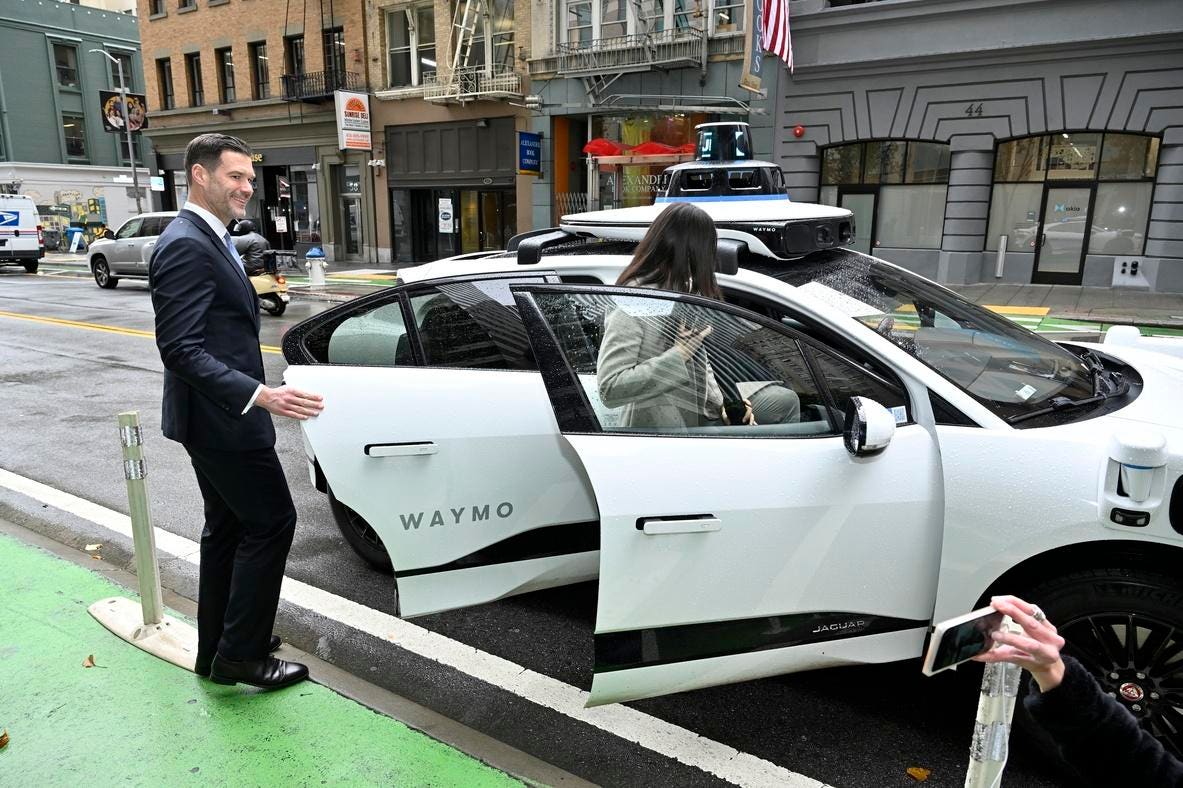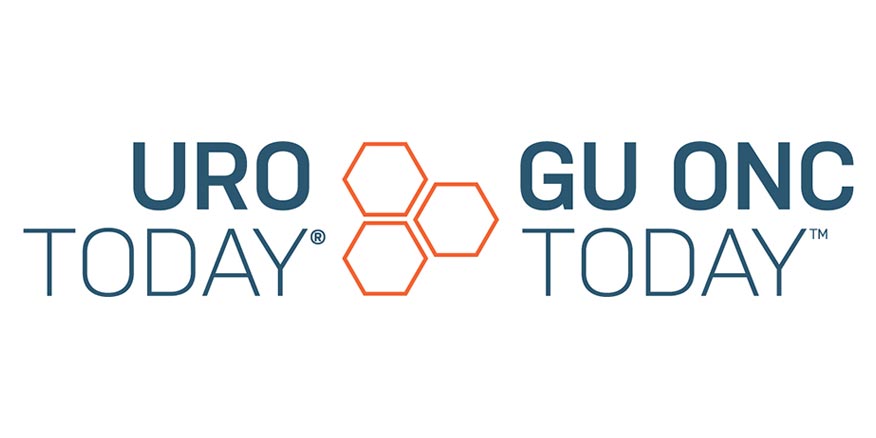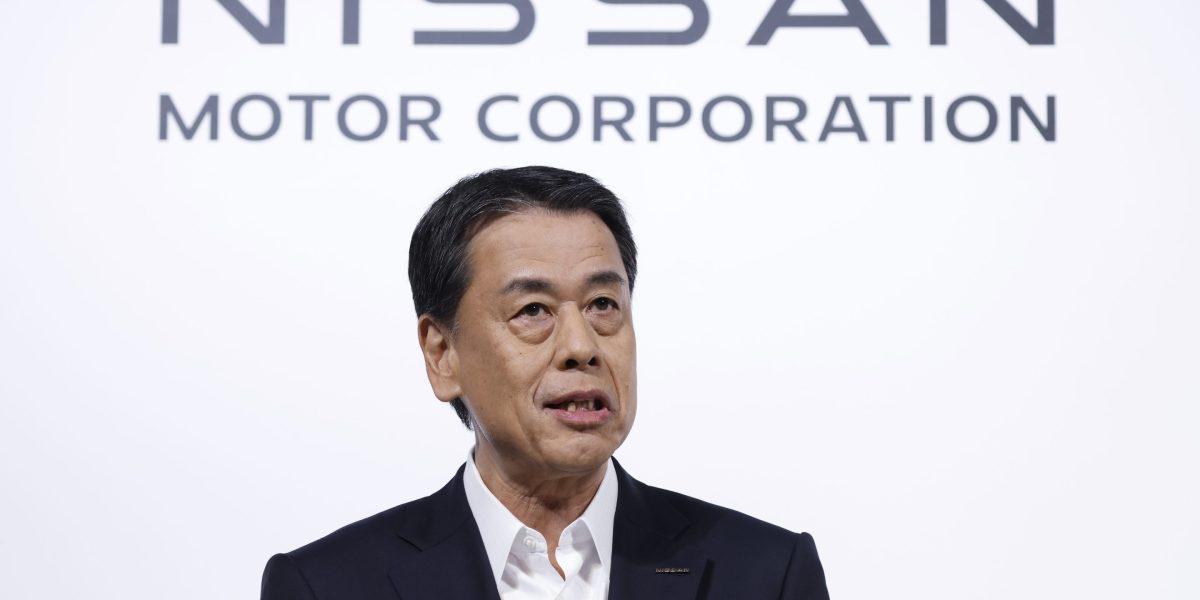Autonomous Ride-Hailing: Can Waymo Dominate the Road?

Waymo, the self-driving car venture spun out of Google, is leading the charge in autonomous ride-hailing, with its service becoming a familiar sight in US cities. The company recently announced a £4 billion multi-year investment, reflecting its commitment to expanding its reach.
Waymo's autonomous vehicles, which started as a Google project in 2009, have been operating in San Francisco since late 2022, with paid rides offered since last August. Initially, Waymo faced competition from Cruise, a rival with a fleet of 600 cars, including 400 in San Francisco. However, Cruise's permit was revoked last October due to incidents involving pedestrians, paving the way for Waymo's dominance in the city. The company now boasts a waiting list of over 300,000 people for its service, which opened to the public in June.
Waymo's fleet now comprises around 700 cars across San Francisco, Phoenix and Los Angeles, with over 100,000 weekly paid rides and a total of two million paid rides to date. San Francisco is its largest market, with 300 cars. While freeway and airport trips are not yet permitted, the service area recently expanded to neighbouring parts of San Mateo, and testing is underway on the I-280. In Phoenix, Waymo has offered airport rides since 2022.
The company launched in Los Angeles in March with a 150,000-person waiting list and is set to launch in Austin next. In total, Waymo is testing in 25 US cities, including Atlanta, Dallas, Detroit, Houston, Las Vegas, Miami, New York City, Seattle, and even extreme weather locales like Buffalo.
Despite initial plans to scale up with 20,000 Jaguar I-PACEs, Waymo is shifting towards a more cost-effective robo-bus platform. This involves a partnership with Chinese electric vehicle maker Geely to develop a purpose-built vehicle, the Zeekr, which seats five passengers. The Zeekr is designed specifically for ride-hailing, featuring ample interior space and large sliding doors. For passenger comfort, the seats will remain forward-facing, providing a sense of security and allowing riders to relax.
While Waymo leads the US market, competitors are gearing up to enter the race. Amazon's Zoox is planning public rides in Las Vegas this year, having already tested in San Francisco, Seattle and Las Vegas. Zoox aims to be the first in the US to offer paid autonomous rides in a purpose-built vehicle without a steering wheel. Its vehicle, designed for bi-directional movement, seats four passengers in identical quadrants facing each other.
Cruise is planning a return in 2025 with autonomous Chevy Bolts for the Uber platform. They have been testing in Phoenix, Houston, Dallas and Dubai, backed by GM, Honda, Microsoft, Walmart and T. Rowe Price. Previous markets included Austin, Miami and San Francisco.
Uber is integrating autonomous options into its platform, including Waymo rides in Phoenix and food delivery services by Serve Robotics and Cartken. The company is also collaborating with Chinese EV-maker BYD to bring autonomous rides to markets outside the US. Other potential contenders for Uber's platform include Mobileye, working with Volkswagen in Austin and Hamburg to prepare the ID. Buzz AD for autonomous ride-hailing services by 2026.
Tesla is planning to unveil a cybercab service at its Robotaxi Day, initially scheduled for August 8 but now delayed to October 10. The company is doubling down on its FSD automated driving system development.
However, the most significant threat to Waymo could come from China, where several large robotaxi operators have been granted permits to operate in California. This includes AutoX, with a fleet of 1,000 robotaxis, and WeRide, boasting a fleet of 600, although the latter has paused its $5 billion IPO on NASDAQ. Baidu, with 500 robotaxis in Wuhan, has not yet filed for a California permit, making it a potential competitor alongside NIO, Didi and Pony.ai.
Despite the growing competition, the future of autonomous ride-hailing remains uncertain. Motional, a joint venture between Hyundai and Aptiv, recently announced layoffs and a pause on their robotaxi deployment, highlighting the challenges of achieving profitability. Motional had reached 100,000 rides with Uber and Lyft in Las Vegas.
The high operational costs of fully autonomous vehicles pose a significant hurdle. It remains to be seen whether companies without the backing of established cloud providers can compete in this space.
While Waymo faces competition, it also boasts a growing community of loyal users. One such user, Jaeden Sterling, has completed over 1,100 rides, covering 7,105 miles and 34,912 minutes with the service. Sterling, who arrived in San Francisco without a driver's license, has come to rely on Waymo for everything from coffee runs to travelling to art exhibitions and dance performances.
Villi Iltchev, a frequent Waymo rider and managing director of venture capital firm Two Sigma, believes the technology will save millions of lives. He praises Waymo's safety features, particularly its ability to detect cyclists and prioritize their safety.
Waymo's technology is continually evolving. The company's sensors can see hundreds of metres in every direction, enabling them to detect pedestrians and obstacles that might be missed by human drivers. The AI is also becoming more human-like in its decision-making, adapting to complex contextual environments.
While Waymo is still refining aspects like drop-off and pick-up accuracy, the overall experience remains positive for many riders. The company's focus on creating a comfortable and safe environment, along with features like a visual display of the car's perception of its surroundings, enhance the experience.
The future of Waymo and the broader autonomous ride-hailing industry remains to be seen. Whether the technology will truly transform transportation, providing convenient, safe, and environmentally friendly journeys, or remain a niche service for early adopters, only time will tell. But one thing is certain: the race for dominance in this emerging market is heating up.





